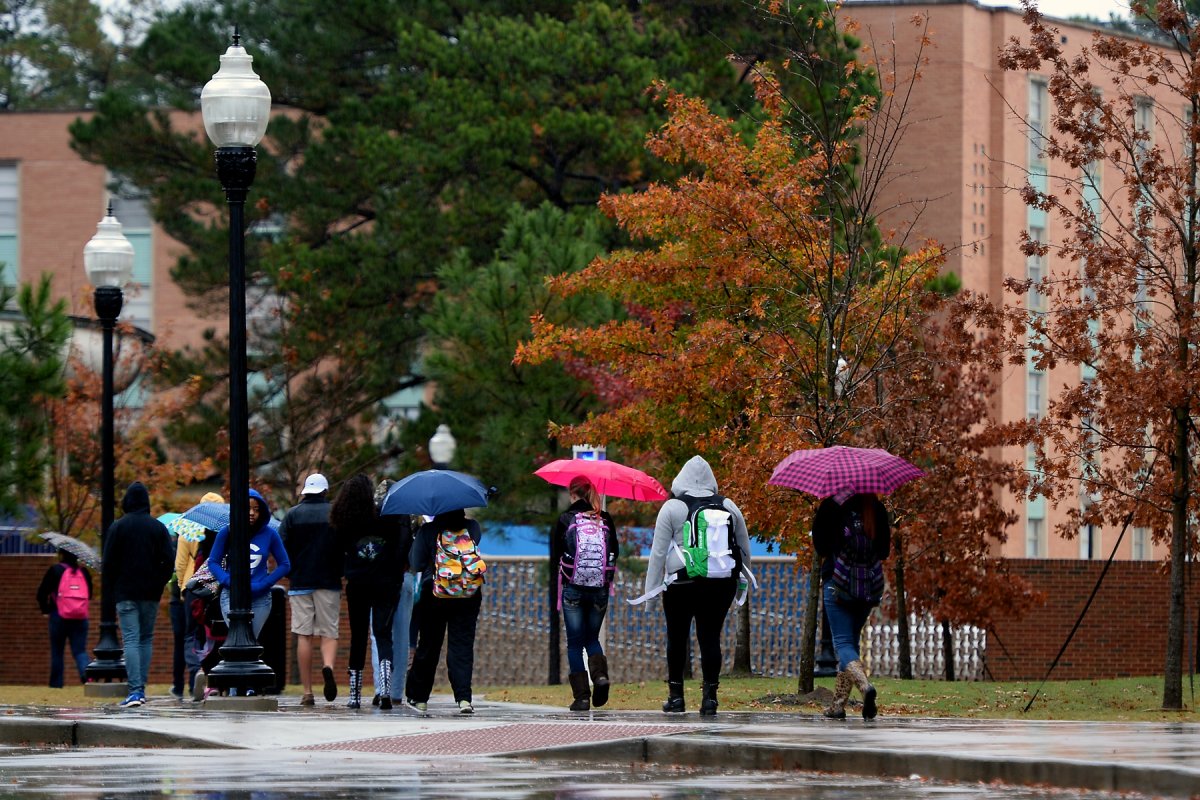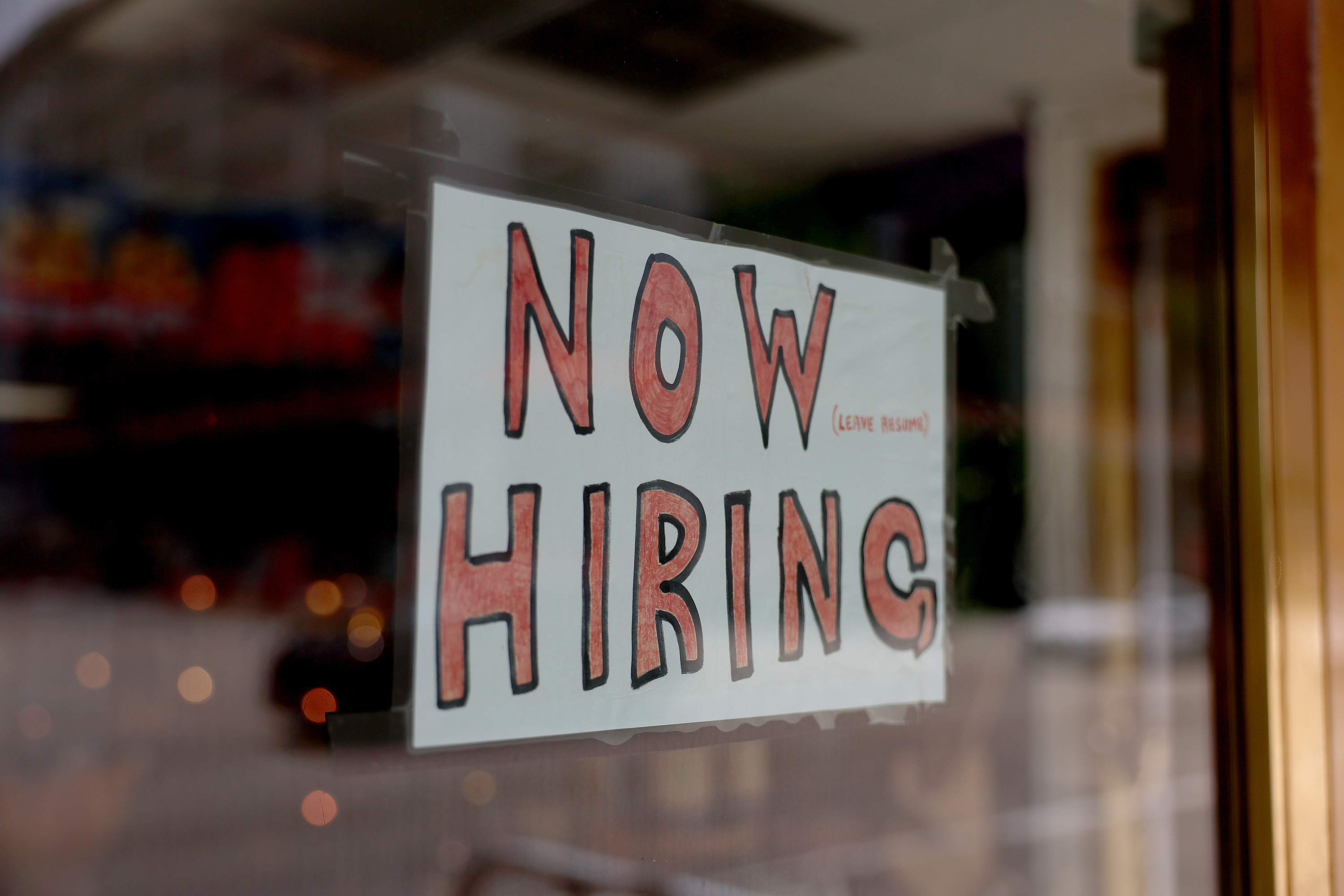It's college application season. For many high school seniors across the country, this is a time of high stress as they meticulously make a case for why they deserve a spot in some of the country's most selective colleges. However, the pressure to be admitted to a selective college can come with a cost—for some, even their own life, particularly for Asian American youth.

Suicide is now the leading cause of death for Asian American youth between 15 to 24 years old. In fact, suicide rates have doubled in this population at a rate of 3.6 to 7.1 per 100,000 between 1999 to 2021. Disaggregated data on suicidality in Asian Americans reveals further disparities. Among Asian American youth aged 15 to 19 years old, suicide rates are highest among Korean, Vietnamese, and particularly Southeast Asian youths such as Cambodian, Hmong, Laotian, et cetera. This is a growing concern since Asian Americans are the fastest growing racial group in the country, increasing from 10.5 million to 18.9 million between 2000 and 2019, and is projected to grow to 35.8 million by 2060.
One of the primary contributors to poor mental health and suicide among Asian American youth is the Model Minority Myth (MMM). This concept refers to the stereotype that Asian Americans are more likely to achieve academic and economic success relative to other people of color.
Asian American youth have been raised to adhere to the MMM as a form of survival against discrimination in the U.S. It also shapes how Asian ethnic groups pursue success to reflect their family's reputation and pay their debt for their family's sacrifice to give them a better future than what preceding generations had—especially those whose older family members immigrated to the U.S. Thus, many Asian American youth equate their value and worth by how well they perform in school and being admitted to a prestigious college. Underperforming and not meeting their family's expectations can lead to self-blame and shame that contribute to poor mental health and suicide ideation.
While costs, location, and access to professional and personal resources are common concerns that many college applicants and their families have, for Asian American students, considering additional factors to mitigate the pressure of college admissions can help address the phenomenon of suicidality in this population.
First, seeking mental health support needs to be destigmatized. Historically, Asian Americans are less likely to seek mental health support because of the stigma associated with mental health in this population. A 2023 national survey by the Substance Abuse and Mental Health Services Administration (SAMHSA) report found that compared to non-Hispanic (NH) white (58.7 percent), NH Black or African American (43.8 percent), and Hispanic or Latino (47.4 percent), only 34.7 percent of Asian Americans with any mental illness received mental health treatment. More awareness needs to be raised about the benefits of mental health services in Asian American communities, training more Asian American mental health providers, and offering extensive Asian language support that can help Asian American youth and their parents process their complex generational and cultural familial dynamics and how it contributes to academic pressure.
Secondly, Asian American youth need to find their greater purpose. Instead of applying to college solely to pursue a high-paying career based on societal norms and family expectations, applicants should consider exploring their interests. Taking a gap year has shown to contribute to positive mental health benefits and help individuals find their purpose. A survey by College Finance found that compared to those who did not take a gap year, individuals who did were more attractive to hiring managers and were more satisfied with their life and career. Asian American youth can consider working, interning, volunteering, or traveling to better understand the world and what motivates them. While taking a gap year is not a financial option for everyone, some can consider attending community college and transferring later to a four-year university while they continue to explore their interests, which can also help avoid graduating college with enormous debt.
While earning a college degree, especially in a prestigious college, can have its benefits, including access to the alumni network and name brand recognition, studies show that the early career earnings of those who attended a more selective versus a less selective college were almost similar. What matters more are the individual's qualities, such as ambition, talent, and passion, that can help facilitate a high-income job. Instead, we should question and challenge the competitive environment and unrealistic requirements that college admissions have created for high school students that have fostered poor mental health and increased suicide ideation among our nation's youth. Attending college is only a small fraction of one's life, and losing it in the process of applying is not worth it.
Dale Dagar Maglalang is an assistant professor at the Silver School of Social Work at New York University and a Public Voices Fellow.
The views expressed in this article are the writer's own.




















 English (US) ·
English (US) ·